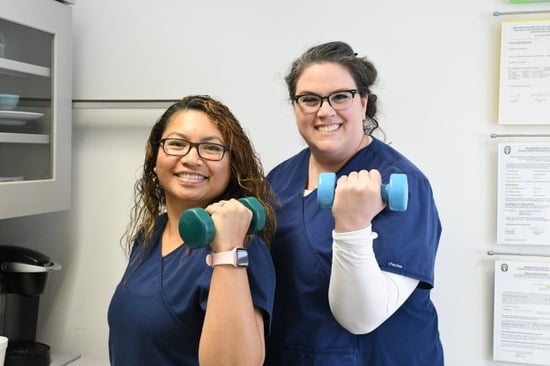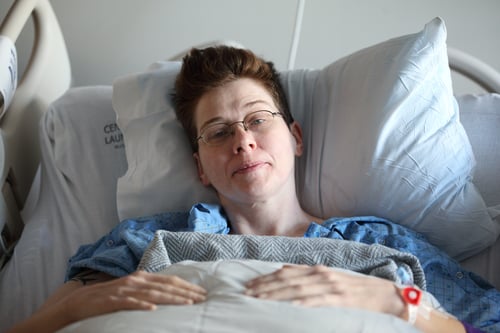5 Indirect Costs of Endoscopy Staff Injury: #4 Poor Patient Outcomes
by Larissa Biggers, on June 07, 2019
Welcome to the fourth installation of ColoWrap’s deep dive into the repercussions of endoscopy staff injury. So far, the posts in this series have examined the effects of musculoskeletal disorders (MSDs) on healthcare staff and the facilities that employ them. This installment explores the impacts of these injuries on patients.
Haste Makes Waste (and Injury)
More and more, healthcare facilities are feeling pressure to increase procedure volume and shorten the time each procedure takes. One reason why? It can be a financial boon for hospitals. For example, if an endoscopy unit can add just two colonoscopy patients per day to its case load, it can increase weekly revenue by $15,000.
Unfortunately, quicker turnaround time can have negative consequences. Healthcare employees who perform and assist with these procedures are expected to offer the same quality of care in less time, and that can affect the patient outcomes. Again, consider the example of a colonoscopy.
The first patient of the day is a 55-year old, obese woman with a history of polyps and incomplete colonoscopy. Because of the patient’s redundant colon, staff are required to apply sustained abdominal pressure and reposition her twice during the 35-minute procedure. The physician is frustrated, and the staff are physically spent. She wants to do a thorough exam, but the clock is ticking. Either the patient gets the short end of the stick, or the hospital does not realize as much revenue that day. No matter the outcome, staff are in pain post-procedure.
Why Not Healthcare?
Successful corporations understand how essential health and safety programs and practices are tied to employee well-being, and ultimately the strength of the organization. Unfortunately, the same cannot be said across the healthcare sector. It makes sense that healthy, well-rested staff are essential to providing empathic patient care, advocacy, and outcomes. Yet, according to one study, the average hospital spends just one-tenth of 1% of its total operational budget on health and safety programs and systems, a much lower rate than on patient safety programs.
The Links Are Clear
A nurse typically lifts 1.8 tons during an average shift. With physical demands like that, it’s no surprise that hospital workers have the highest injury rate among all industries—and that patients suffer as a result. In one survey, 22% percent of nurses reported having to modify or limit their activity/movement on the job, and the same number indicated they are less friendly or engaged with their patients as a result of the physical demands of their work. The Occupational Safety and Health Administration (OSHA) notes that risks to staff and patients are intermingled. “Caregivers and patients face many related hazards." For instance, manual lifting can injure nurses, limiting their physical capabilities. This subsequently puts patients at risk for falls, fractures, bruises, and skin tears. Furthermore, staff fatigue, injury, and stress are tied to a higher possibility of medication errors and patient infections.
High injury rates are a major reason nurses leave the profession; work-related injuries are also directly linked to the nursing shortage and fewer hours at the bedside. When all of these factors are combined, it’s clear that staff injuries yield negative patient outcomes.
New Priorities
Healthcare must make a shift to equate worker safety with patient outcomes. Facilities must prioritize this shift if they aim to deliver excellent patient care and ensure the health and safety of employees and patients. Fortunately, organizations such as the Veterans Health Administration are stepping up to the plate by implementing safe patient handling and mobility (SPHM) programs, which protect healthcare staff from MSDs. It's time for others follow suit.

“Workforce safety is inextricably linked to patient safety. Unless caregivers are given the protection, respect, and support they need, they are more likely to make errors, fail to follow safe practices and not work well in teams.”



